I am little confused between the life cycle of two activities.
Suppose I have Activity A and Activity B.
B is called From A i.e A ----> B.
Now currently B is on the screen and I pressed back button. Here I want know:- is there any memory still available for B(Active) or B's memory is flushed(Inactive).
